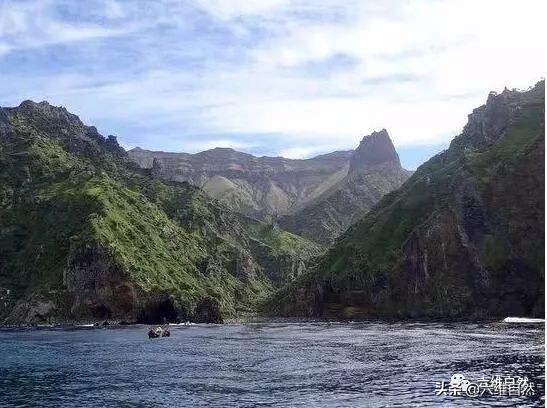Among the seabirds, the albatross is a large seabird, generally about 70-140 cm in length, distributed in the northern and southern hemispheres, and now there are 14 species of albatrosses in the world, of which the Te Island albatross is endemic to the Tristan da Cunha Islands, most of the Special Island albatrosses live on the remote island of Gough Island in the United Kingdom, but in recent years, it is their habitat, and the threat of alien species is increasing, especially the rat has a fatal threat to the Special Island Albatross!

Recently, the Royal Society for the Protection of Birds in the United Kingdom has taken a picture of swarms of rats attacking the Island albatross, dealing with the Island albatross adult bird, the rat will nibble on the head of the adult bird, will choose to attack at night, because the Island albatross can not see clearly, will make the rat easily climb on the head of the adult bird to attack. Even during the day, the Island Albatross has a size advantage, still inferior to the rats, because the island rats have been flooded, the number of rats is too large, the Island Albatross can not fight back.
The adult birds of the Island albatross have a strong ability to fly, and when they are defeated by the rats, they can escape, but the chick eggs of the special island albatrosses cannot escape at all, and are easily killed by the rats. Rats destroyed the habitat of the Te Island albatross and destroyed the breeding of the Te Island albatross, and the appearance of rats on the island accelerated the endangerment of the Te Island albatross.
Originally one of the ecologically intact islands, Gove Island was an island nation of birds and plants, originally there was no rat species, but in the 19th century, rats followed the whaling ship and were taken to this inaccessible island by the sailors on board. We all know how strong the reproductive ability of rats is, coupled with no natural enemies, rats after years of breeding, now the island rats have been flooded, dare to attack all the birds on the island, every year there are countless seabirds are killed by rats, rats have become the biggest threat to the island's organisms, how to kill rats has become a problem!
About 99% of the world's Te Island albatrosses inhabit Gove Island, the Island of Tete albatross breeds very slowly, they are only one companion for life, laying eggs every 2 years, only 1 egg at a time. The breeding of rats is frightening, when rats are in groups, they are very aggressive, and it is difficult for the Island Albatross to escape, and it is even more impossible to protect the eggs of the birds and chicks, so the attack of the rats is a fatal blow to the Special Island Albatross population.
The more rats on the island, the less food there is, the more frantic the rat attack, a threat to all the creatures on the island, and some experts are worried about predicting that if the rat plague is not eliminated or reduced, the extinction of the Special Island albatross will be much faster than people think. According to relevant statistics, there are only about 2,000 pairs of Special Island albatrosses left in the world, which have been listed as critically endangered species!
Pay attention to the six dimensions of nature And let nature know nature!